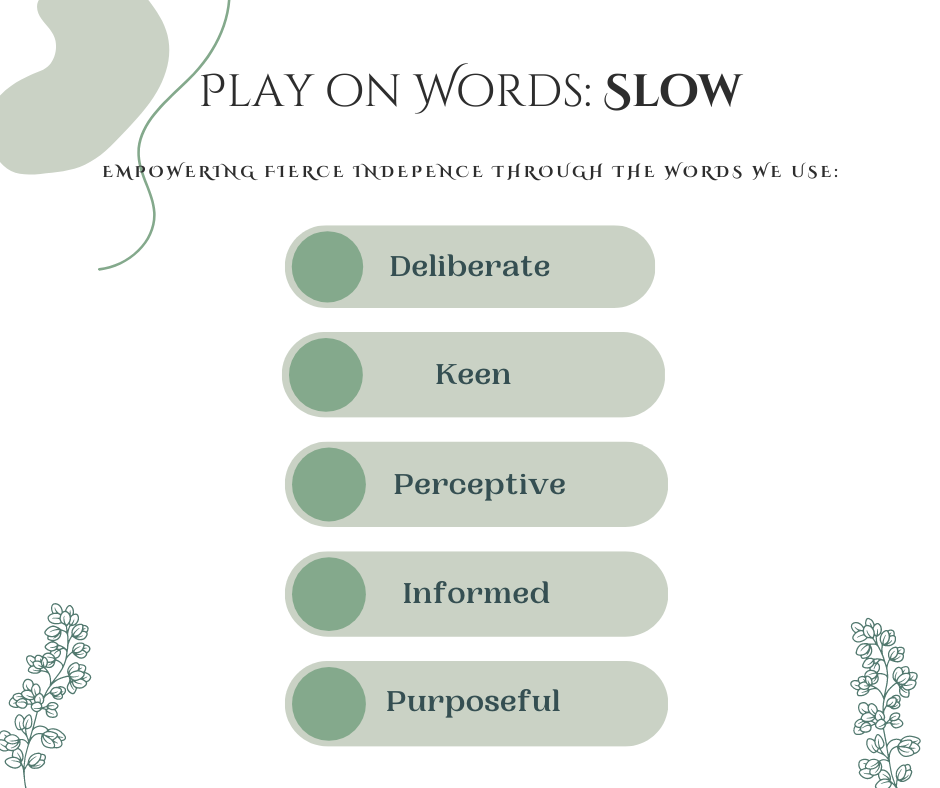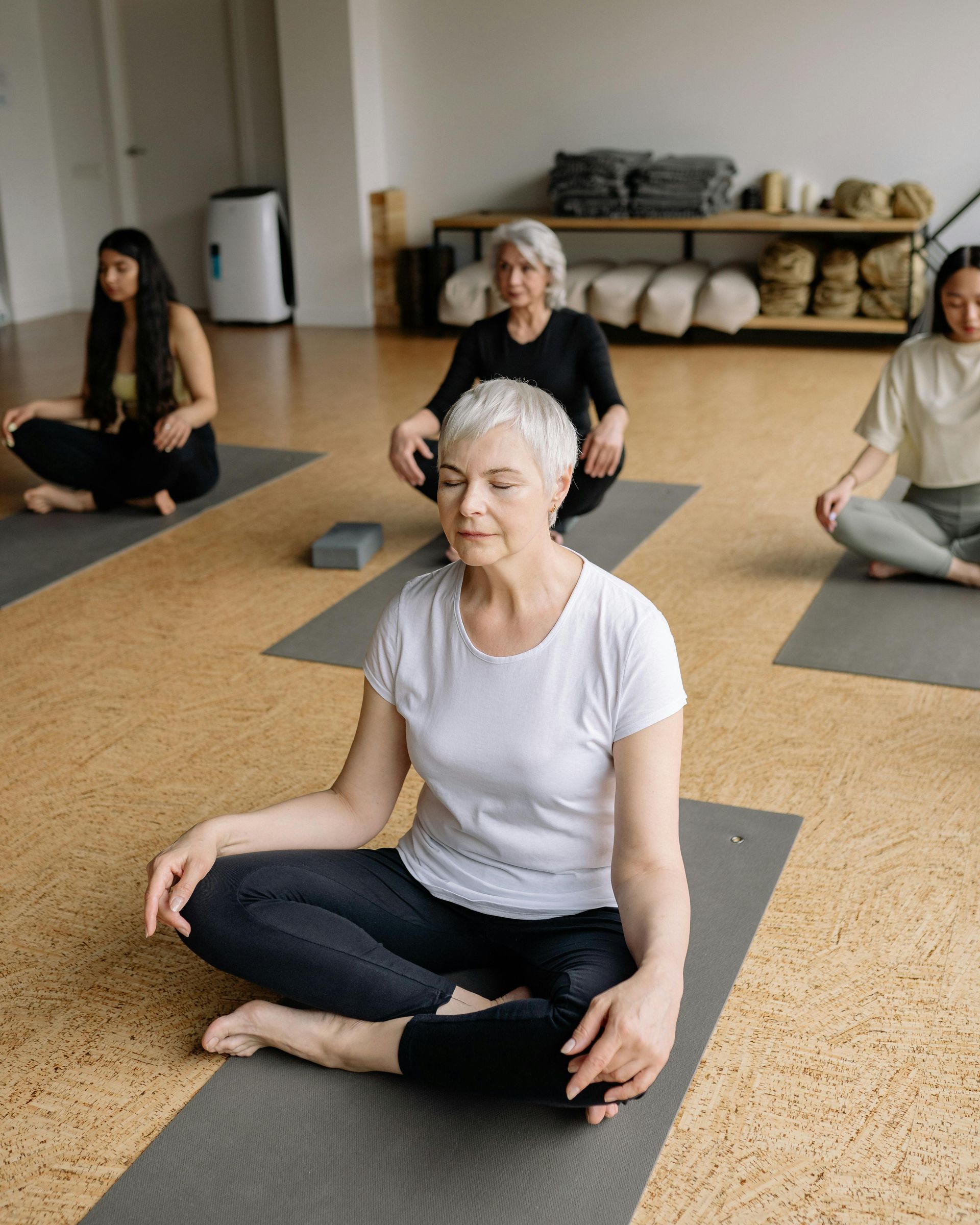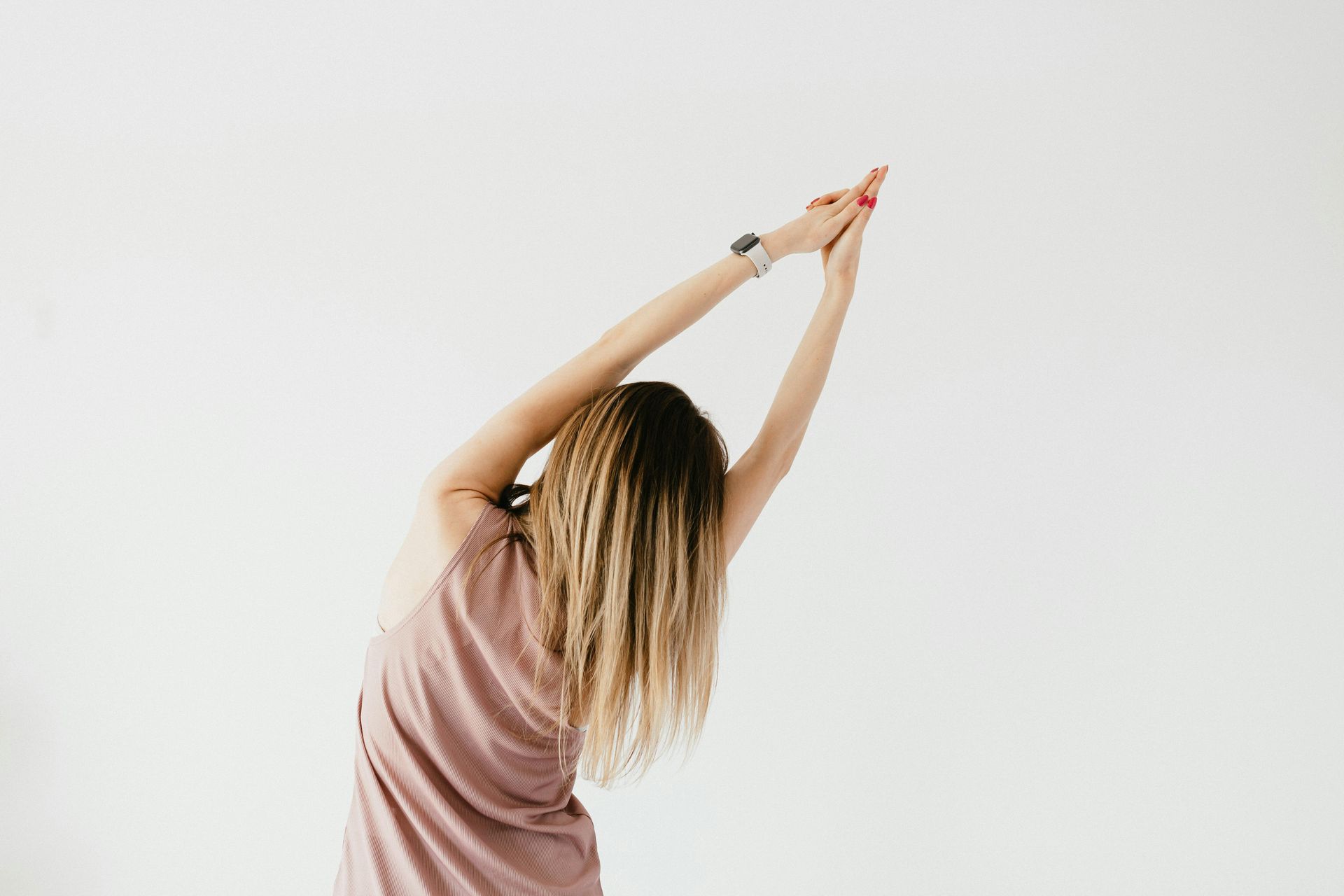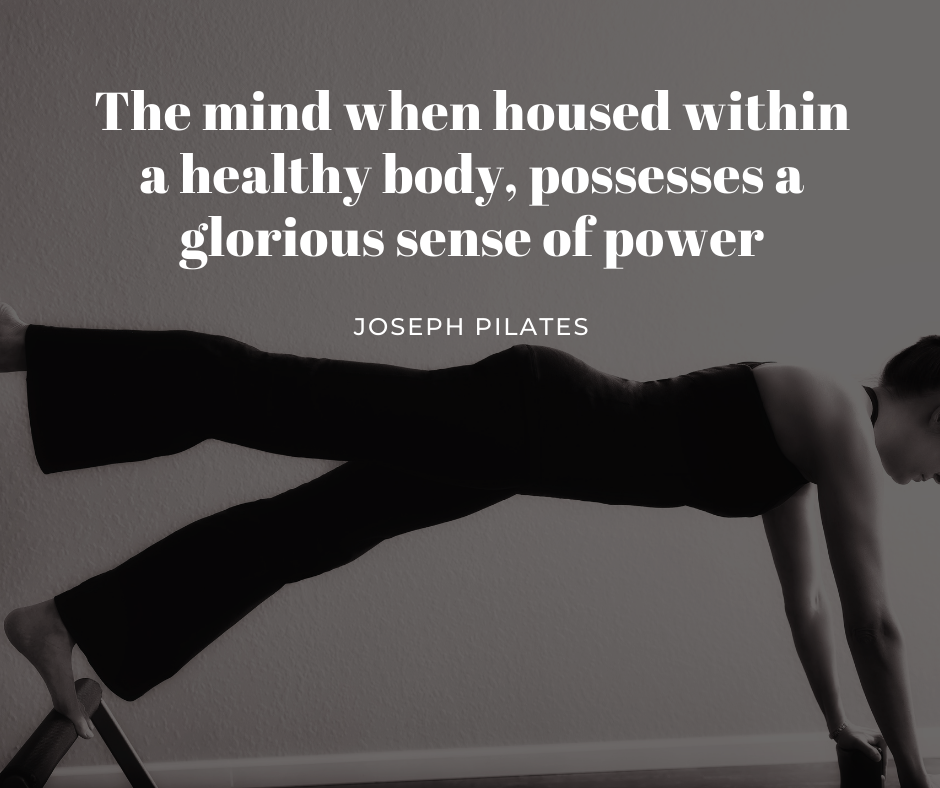Conscious Movement in Pilates | The Path to Strength, Ease & Connection
The Hidden Strength of Slow, Controlled Movement
In our fast-paced world, it’s easy to carry the same “hurry up” energy into our workouts. We’re conditioned to believe faster is better, harder is better, more is better. But in Pilates, this isn’t always true. In fact, moving too quickly can actually work against you, robbing you of some of the biggest benefits this method has to offer.
When you slow down and move at a more intentional, deliberate pace, something remarkable happens:
- Your brain and body communicate more clearly.
- Your muscles activate in the right sequence.
- Your form improves, which means your results improve.
- Your nervous system shifts into a calmer, more balanced state.
Better Muscle Engagement
When you decrease your pace, you give your muscles time to “switch on” properly. You can feel the deep stabilizers—the ones Pilates is famous for targeting—wake up and participate, instead of letting momentum take over.
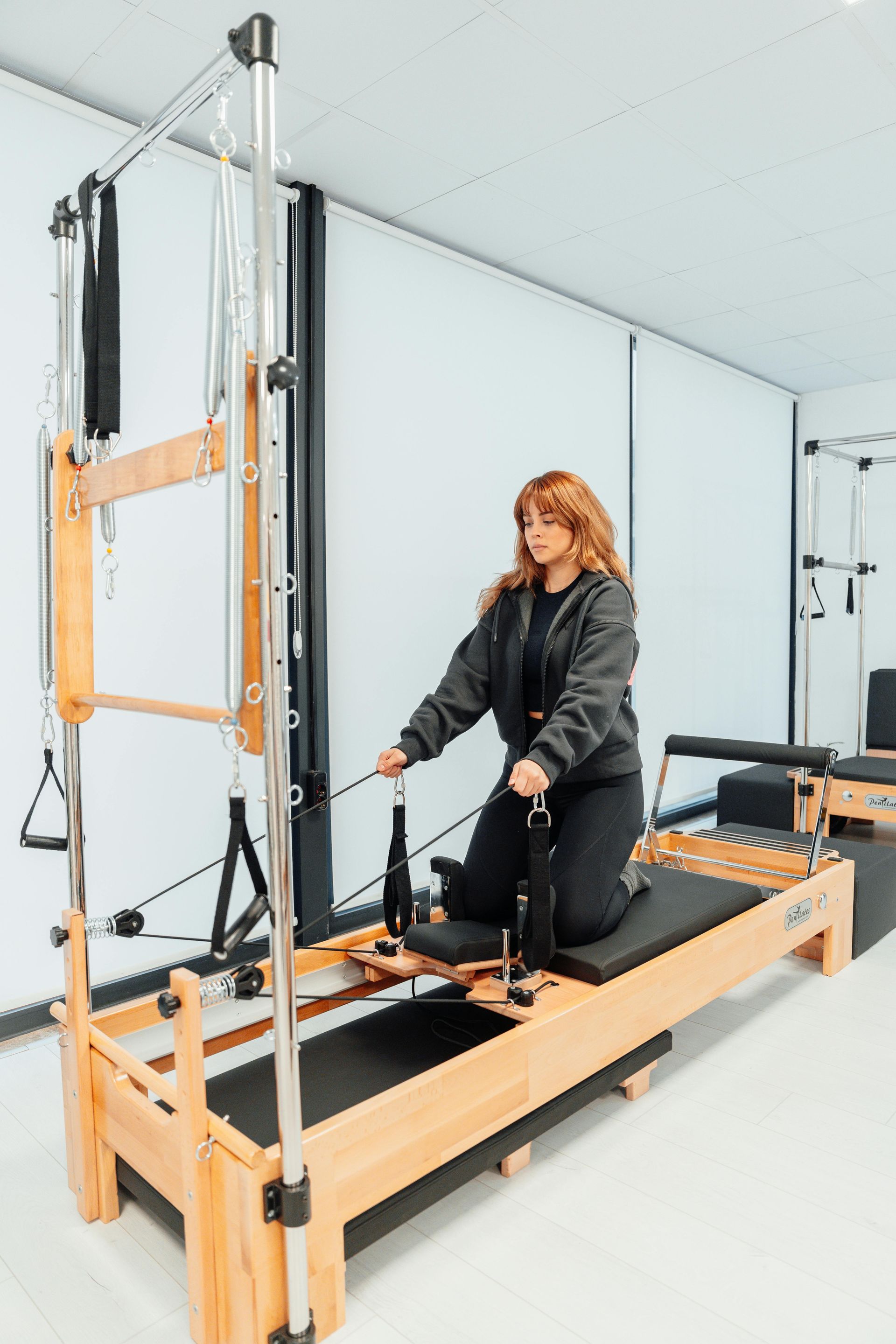
Increased Mind-Body Connection
Pilates is as much a mental practice as it is a physical one. Moving intentionally allows you to assess and reflect on each movement, noticing subtle adjustments in posture, breath, and alignment. With this heightened awareness, you become more in tune with your body and the ways it compensates—empowering you to make meaningful adjustments that can truly transform how you move and feel.
Improved Control and Precision
Joseph Pilates emphasized Contrology (Pilates)—the art of moving with precision. When speed is reduced, control increases. You can refine technique, keep your core engaged, and avoid the sloppy form that can creep in when moving too fast.
Nervous System Regulation
Fast-paced exercise can keep you in a state of sympathetic arousal—better known as “fight or flight”—which increases muscle tension and reduces your ability to move fluidly. Moving at a slower, more intentional pace activates the parasympathetic nervous system—your body’s natural ‘rest and restore’ state—helping release tension, enhance resilience, and create greater ease in movement.
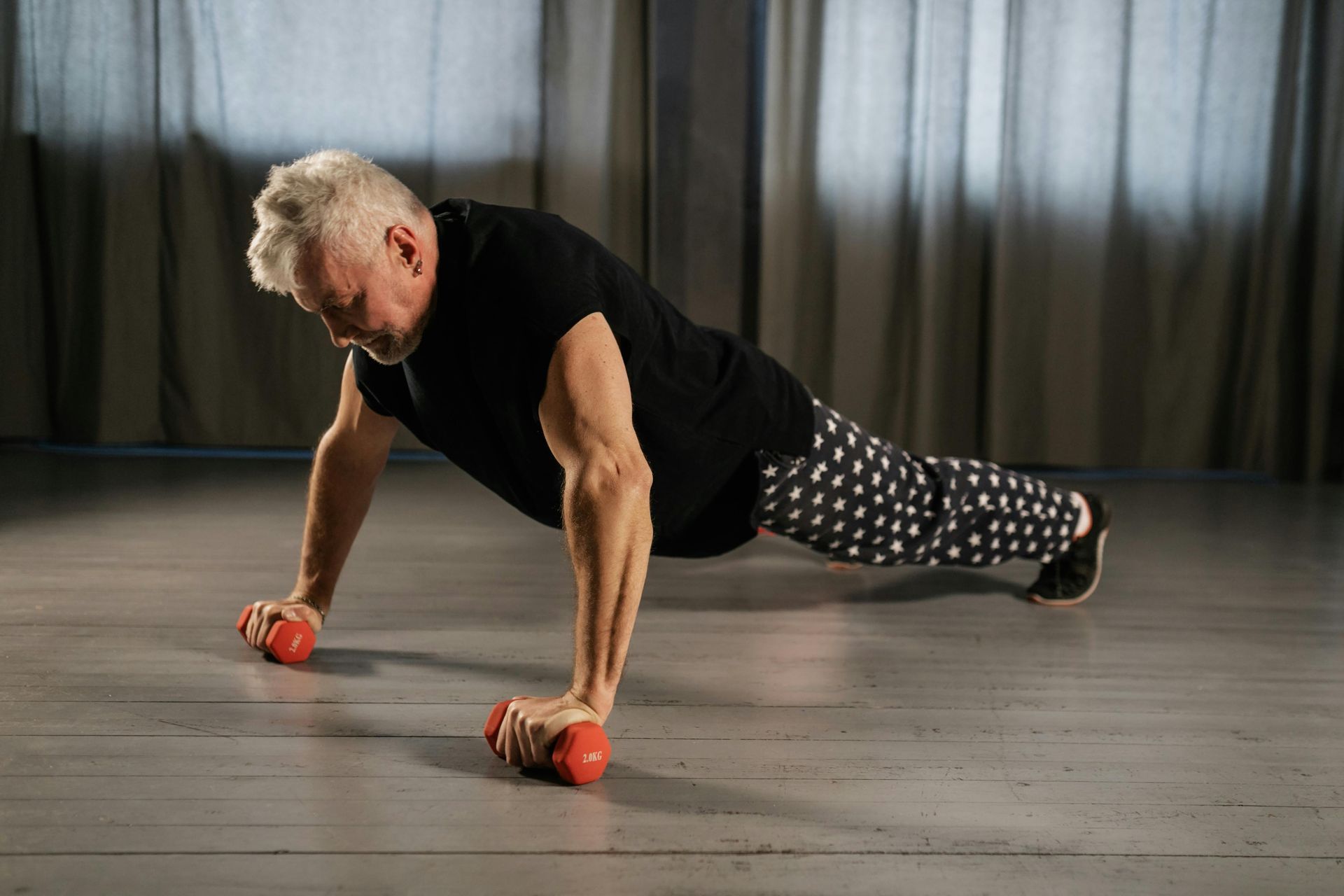
Greater Strength and Endurance
Holding positions and resisting the urge to rush challenges your muscles to stay engaged for longer, building endurance and stability in a way that fast, momentum-driven movement simply can’t achieve. By slowing down, every fiber is asked to contribute, creating deeper strength and control. That ‘gentle shake’ you feel? It’s not weakness—it’s your body waking up, adapting, and getting stronger with each deliberate effort.
Reduced Risk of Injury
Fast, uncontrolled movements can put unnecessary stress on your joints and muscles, increasing the risk of strain or injury. By slowing down and moving with intention, you give your body a chance to engage properly, protect vulnerable areas, and still receive a full, effective challenge that strengthens, stretches, and balances every muscle
When Speed Works Against You
Rushing through Pilates can bypass muscle groups entirely, letting momentum replace muscle engagement. It can make you miss the breath-to-movement connection, which is the foundation for core activation. It can also keep you stuck in fight-or-flight mode—where tension is high and mindful control is low—limiting both your strength gains and your sense of wellbeing.
The Takeaway
In Pilates, the goal isn’t to “get it over with” but to get it right. By slowing down and moving with purpose, you’re not just doing exercises—you’re rewiring patterns, calming your nervous system, building deep strength, and training your body to move with more ease in everyday life. Through mindful, intentional movement, you’re cultivating true body wisdom—learning to listen, respond, and care for your body—while laying the foundation for lasting strength, resilience, and longevity.
So next time you’re in class and feel tempted to race ahead, remember: the magic often happens in the moments within and between the movements.
